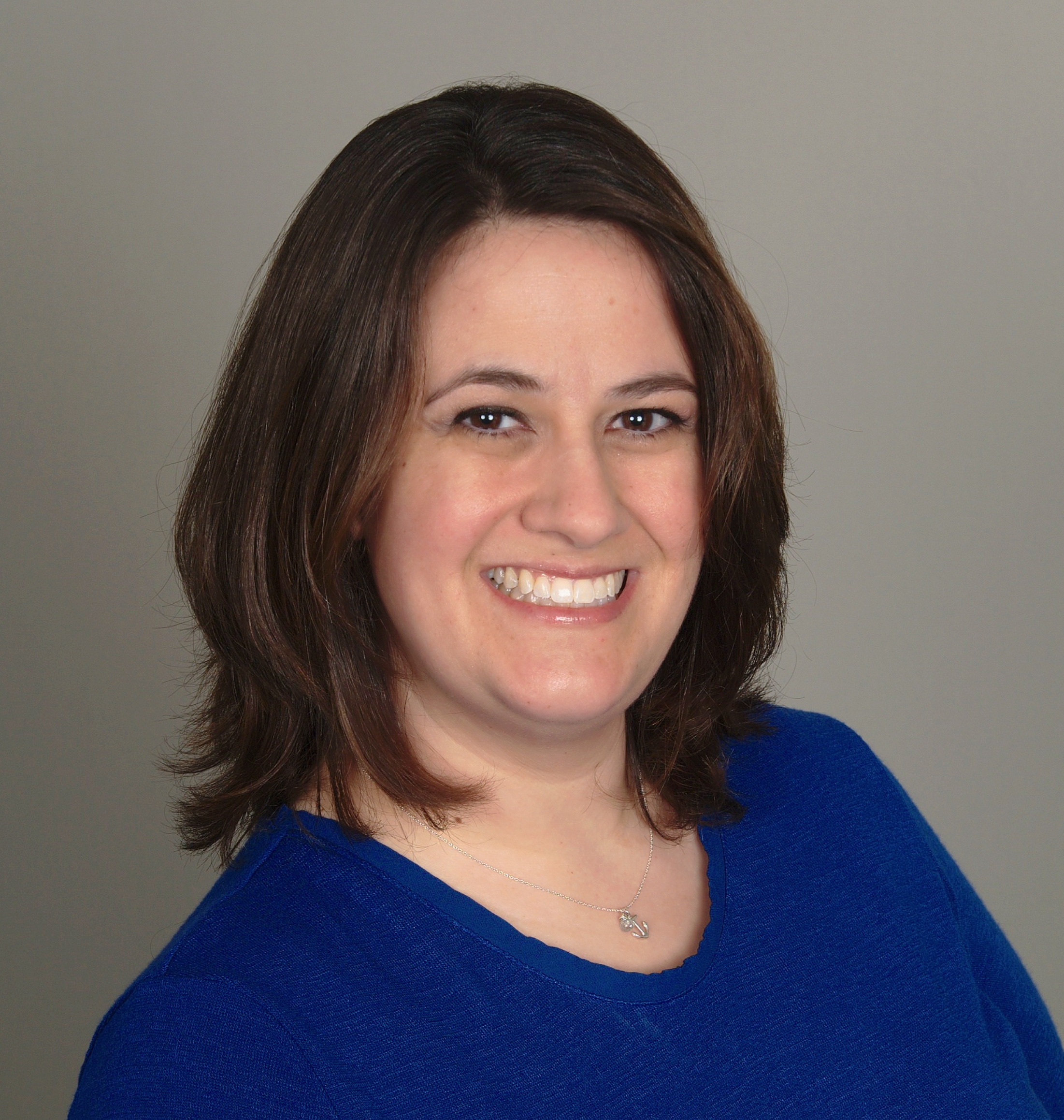Are cavities 'contagious'? Tooth-decay yeast can pass from moms to babies
A study suggests that a yeast tied to tooth decay in young children may be passed to them by their mothers, and this is more likely if the moms have lots of dental plaque.

Mothers with high levels of dental plaque can pass cavity-promoting yeast to their newborns and infants, a new study suggests.
The yeast, called Candida albicans, is found in the mouths of many healthy babies, but it can play a role in tooth decay in early childhood — a condition known as severe early childhood caries. In addition, the fungus can cause a mouth infection in infants called oral thrush.
Because of these potential health effects, researchers investigated C. albicans in the mouths of mothers and their offspring, to see if there's a link. Their study, published Jan. 17 in the journal PLOS One, suggests that mothers with a large accumulation of dental plaque are eight times more likely to pass the yeast to their infants than mothers with less plaque on their teeth.
Although babies also pick up C. albicans from other sources, not just their mothers, the study emphasizes a potential link between a mother's oral health and their offspring's, study first author Naemah Alkhars, a researcher from Kuwait University also studying at University of Rochester School of Medicine and Dentistry, told Live Science in an email.
Related: How does plaque cause cavities?
Is oral health transmissible?
For the new study, researchers took oral samples from 160 mothers and their children between 2017 and 2020. Samples were collected over the course of eight visits, which were conducted during pregnancy, at the time of birth and then up to when the child turned 2 years old. The scientists sequenced the genomes of organisms in the samples to identify the fungi.
In all, 93, or about 58%, of the mother-child pairs had C. albicans in their samples. There were higher levels of C. albicans in children later in their lives compared with birth, Alkhars noted.
Sign up for the Live Science daily newsletter now
Get the world’s most fascinating discoveries delivered straight to your inbox.
Notably, 94% of the mothers and children with C. albicans in their mouths carried strains that were highly genetically related, suggesting that mothers play a role in transmitting the fungi to their children.
To see how oral health factored in, the researchers used a scale to gauge how much plaque mothers had accumulated on their teeth; the scale rates plaque buildup from 0 to 3. They found that women who scored 2 or higher on the scale were eight times more likely to transfer C. albicans to their babies than those with lower scores.
The researchers didn't investigate exactly how the yeast transfers, but theories suggest that babies may be exposed during delivery, skin-to-skin contact or potentially while feeding, they wrote in their report. This finding suggests that mothers should consider the effects of their oral health on their children and receive regular plaque removal, or dental scaling, from a dentist, Alkhars said.
It's unlikely that mothers maintaining better oral health would completely prevent their babies from carrying C. albicans, said Bastiaan Krom, a molecular microbiologist and professor at the Academic Centre for Dentistry Amsterdam who wasn't involved in the study. However, this measure could help prevent the yeast from causing disease by reducing the amount of yeast buildup in their mouths, he told Live Science in an email.
In addition to plaque accumulation, the researchers looked at other ways in which babies might pick up C. albicans. The infants who tested positive for the yeast were more likely to have been fed with a bottle at night when they were 2 months old, while those without the fungus were more likely to have been exclusively breastfed at 12 and 18 months.
A few other factors — such as a baby's race and whether they attended daycare — also seemed to influence the likelihood of a child carrying C. albicans. This suggests that moms aren't the only possible source of the yeast, but doesn't reveal which sources are most influential.
Alkhars noted that the researchers still haven't clarified when to intervene to prevent the onset of early childhood caries. Future research will involve following up on the children as they age, to see how their C. albicans levels change and whether they develop tooth decay.
This article is for informational purposes only and is not meant to offer medical advice.
Ever wonder why some people build muscle more easily than others or why freckles come out in the sun? Send us your questions about how the human body works to community@livescience.com with the subject line "Health Desk Q," and you may see your question answered on the website!

Kristen Fischer is a writer living at the Jersey Shore. Her work as been published at WebMD, Healthline, Health, Prevention, and more. Visit www.kristenfischer.com to learn more.










